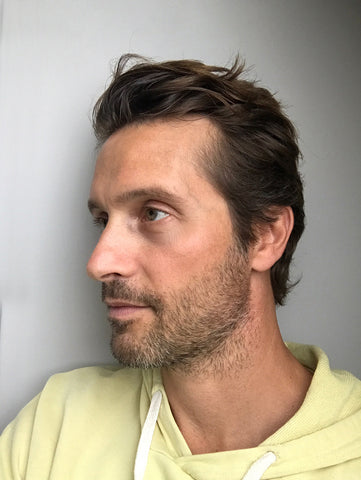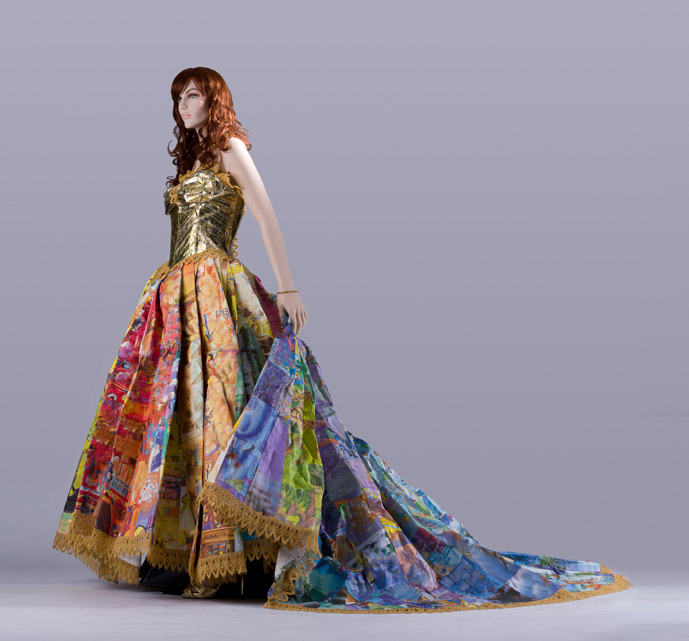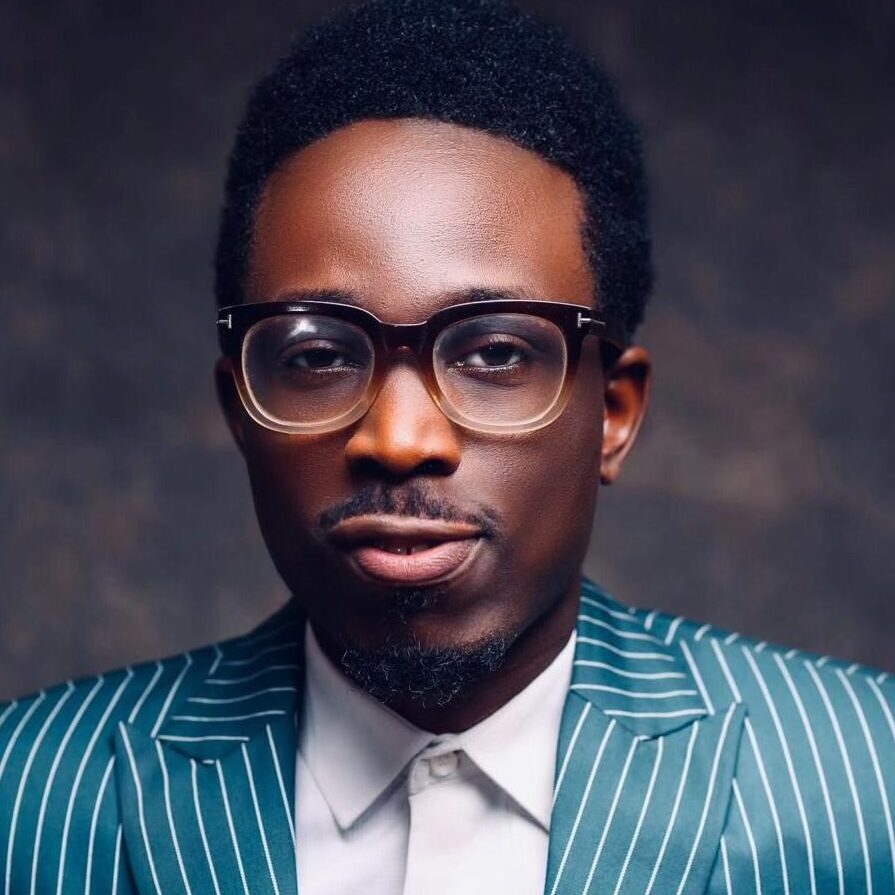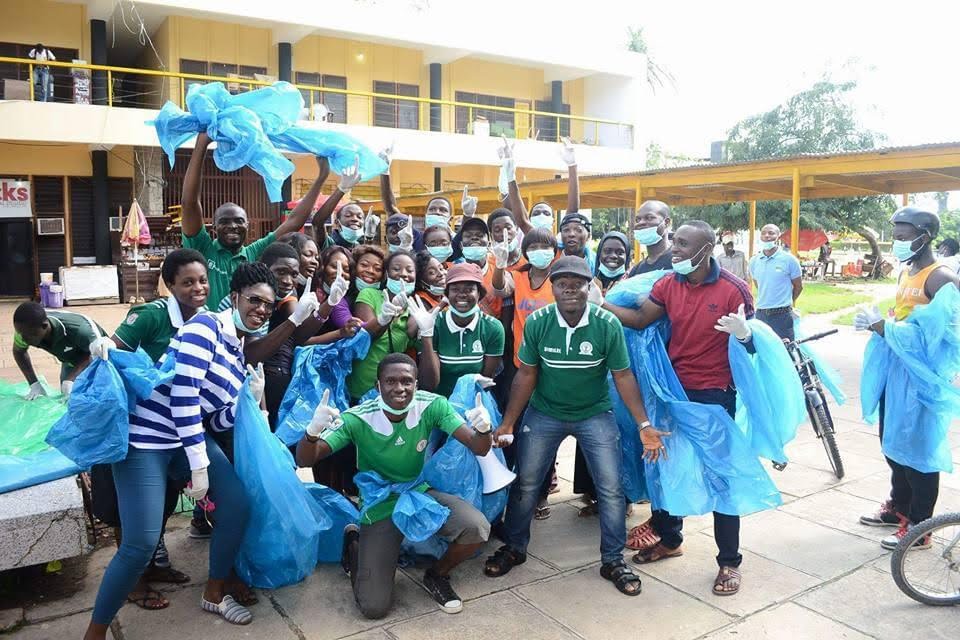Sustainable fashion is part of a growing philosophy towards eco-friendly clothing products that limit pollution and save money for consumers and corporations. This is done through recycling and producing fashion-forward textiles that are built to last a lifetime.
The History
The idea of sustainable fashion has been around for decades, sprouting from rationing during both world wars. To conserve materials for soldiers, governments asked their citizens to trim dresses short and donate unwanted clothes for the military.
It landed in the spotlight during the 1980’s when companies like Patagonia and ESPIRIT gained notoriety for making clothing out of recycled polyesters and organic cotton.
Fast Fashion: The Enemy of Sustainable Fashion
Fast fashion is considered to be the status quo of how the fashion industry is run, which is exemplified by companies like H&M and Zara that sell their clothes for extremely low prices and change styles quickly. Traditional clothing companies cut costs and are concerned more about the economic bottom line than the health of the environment. It is important to remember that buying cheap comes at a high cost for the environment and laborers.
According to UNESCO, some Chinese laborers that are hired by these large clothing companies are paid just 12 cents an hour for their work. In addition to the negative human impacts, the industry also requires toxic dyes and pesticides to produce the products due to the speed of which it runs. Zara uses a rapid five-week cycle to design, manufacture and then sell new clothing products. If the products do not sell they often times end up in the landfill.
The Independent reported in November 2017 that workers in Istanbul’s Bravo Tekstil Factory, which makes clothes for Zara, sewed pleas for help in the clothing that they were making. According to the article, factory laborers were fed up with working conditions but were scared of speaking up because of fears of getting fired.
The notion of consumerism goes hand-in-hand with fast fashion. As fashion trends evolve, so does the public’s appetite for purchasing new clothes. Patagonia founder Yvon Chouinard is famous for an ad campaign that was printed in the New York Times that showed an image of a Patagonia jacket with the statement “Do Not Buy This Jacket” written in bold letters. The message was intended to encourage people to think about what they purchase and only buy clothing when they absolutely need it.
Remedies for Fast Fashion
One of the simplest actions that you can take to limit your carbon footprint is to donate old or worn down clothes to thrift stores or charities. This way, it gives clothes a second life for those individuals that actually need it. You also may want to think about giving clothes that do not fit to friends and family.
Another way to function in the sustainable fashion model is to buy clothes from thrift stores. Not only are thrift stores much cheaper than buying new clothes from high fashion brands, but you also will be giving clothes a second chance. Consequentially many of the clothes that are sold at thrift stores are no longer made in circulation. Meaning that the piece that you purchase will be individual and can add a little swagger!
There is a movement in high fashion to create trendy articles of clothing out of recycled or sustainable materials. Designer Ryan Jude Novelline designed a ballroom gown made out of old children’s books. Lucy Tammam is a designer who creates beautiful bridal wear with just silk and organic cotton.
Clothing to Look Out For While Shopping
If you have no appeal to high fashion or are just too strapped for cash, there are other sustainable fashion options on the market.
Adidas has partnered with Parley, an organization that salvages plastic from the ocean, to make shoes, shirts, and socks. The plastic that otherwise would infiltrate marine life digestive tracts is now being turned into clothing through the initiative. Some major European soccer teams that are sponsored by Adidas have worn recycled jerseys in competitive matches.
Another option is the shoe brand All-Birds, which have become quite popular. Their sleek design, relatively inexpensive price, and environmentally friendly materials will show your friends that you are sustainably conscience while also being fashionable. The sneakers are made up of recycled plastics, cardboard, organic wool and castor bean oil (an alternative to harmful oils).
Questions to Consider
How often do you shop for clothing?
Would you rather have expensive but durable clothing or cheap but flimsy clothing?
What are your thoughts on using recycled materials to make a fashion statement?
Considering the facts about fast fashion, how does your favorite brand of clothing compare to others in terms of their consciousness of the environment?
***
Q&A with sustainable shoe designer Louis D’Arienzo
Louis D’Arienzo designs sustainable shoes with a company called Florent Belda in Porto, Portugal. Here is what he had to say about sustainable fashion:
 Q: What does sustainable fashion mean to you?
Q: What does sustainable fashion mean to you?
A: Sustainable is a very broad term that is often misused. For me, my business and my product it is making the lowest environmental impact I possibly can from the materials I use to the partners I work with; how they practice and promote better ways of making for the planet and the people they employ.
Q: Sustainability also has the long term in mind. What happens when the product’s life is over? Are the processes and ingredients using natural resources and at the same time not depleting those resources and maintaining balance?
A: Right now I try to use a mix of recycled and biodegradable materials wherever absolutely possible.
Q: Where did you get your start in sustainable manufacturing?
A: I have always tried to implement the use of less damaging materials and methods for all of the companies I have had the pleasure of working for. When I decided to launch my own collection of footwear I knew it needed to be borne with this ethos.
If you start from the beginning with this mindset and approach, while challenging and at times limiting, you are able to make it a part of your DNA. It forces you not to stray.
Q: What/who influenced you to start manufacturing sustainable sneakers?
A: The state our planet is in! It made no sense whatsoever to put a new product out on the market that didn’t acknowledge the damage that is being done. It was my obligation.
Q: What are your products made out of (and where do the resources come from)?
A: I use vegetable tanned leather and lining for my uppers that use no chromium or heavy metals in the tanning process that can gravely pollute the water table. I found a sole manufacturer in Portugal that produces soles made from up to 70% internally recycled waste material. The inner workings and structural parts use cork, cardboard and biodegradable components. We are partly using 100%rPET thread (polyester) from plastic beverage bottles. All of our adhesives are water-based avoiding volatile solvents that can be hazardous for the people working with them.
Q: You mention pursuing the HIGG index in your business model, can you talk a little bit about what those guidelines mean?
A: The HIGG index was initiated by The Sustainable Apparel Coalition. It essentially provides the tools for a company to measure its product’s or facility’s sustainability performance. It is designed to promote better practice during the sustainability journey. It is not designed to fail, but to encourage and guide.
Q: Why do you think it is so important to pay your laborers a fair, living wage?
A: All humans have inherent dignity and should be treated and compensated fairly. Right now I have no employees but this is a conversation I’ve had with my shoe factory who upholds the highest standards of inclusiveness and fairness.
Q: Why Portugal?
A: Portugal has always held a respected tradition of shoe and leather goods manufacturing. In the past 15 years they have really come to the forefront of quality, reliable product with an artisanal hand. More and more companies from the luxury sector to start-ups are turning their attention to Portugal. Portugal is also a very progressive country environmentally and socially.
Q: How do you reconcile leaving your post as a designer for high-end fashion markets?
A: I actually still work as a design consultant in the luxury sector for a well known Milanese fashion house.
Q: What is your goal for the sneaker company?
A: To continue building and nurturing my business expanding into more product category while respecting the environment and being true to my message. I look forward to taking part in more rewarding collaborations supporting and empowering people and communities that need it most.
Q: What do you want to see come out of the sustainable fashion model?
A: I believe in sharing our resources, breakthroughs, and successes. The only way forward is to engage and help each other who work in the materials and manufacturing industries. If we are all striving to make every effort to create products that respect the environment our industries will truly become sustainable ones.
Q: How do you make the shoes attractive and affordable to middle-class customers?
A: My designs are quite pared down but that doesn’t make the decision making in their design and execution easy. I feel their simplicity makes them accessible yet the detailing and color combinations keep them compelling and rather joyful.
How do you move the planet forward?
Submit Story
















 Q: What does sustainable fashion mean to you?
Q: What does sustainable fashion mean to you?






